At Pro Clima, we have seen a lot of interstitial condensation issues with skillion roofs lately. This is a result of higher insulation R-Values and space heating and cooling creating temperature differences between the inside and outside of the building.
If attics in pitched roofs are used as living space the physical demands on them are similar to those for walls.
The current standard skillion roof detail is often (from the outside towards the inside) metal roof cladding, roof underlay, purlin, insulated rafters with a 25mm air gap and internal lining.
If you would move the detail above into a vertical position it would be like an external wall with vertical metal cladding. However the wall construction detail is normally metal cladding, horizontal battens on packers, underlay, insulated framing, moisture control layer and internal lining.
Why would we design and build a skillion roof different to an external wall as the same principles apply to the wall as they apply to the roof? Why would we suddenly change the detailing just because we are tilting the external wall by a few degrees?
It is important to follow the same principles:
- Protect the insulation from the outside (wind and water) by only using non-porous roof underlays.
- Protect the insulation from the inside (air movement and moisture) by using humidity-variable airtightness and moisture control membranes.
- Not leaving an air gap between the underside of the roof underlay and top of the insulation.
- Ventilate the construction between the underside of the metal roof cladding and the top of the roof underlay.
- Only use non-porous roof underlays that are not affected by wood preservatives and could cause water to leaky through (like with micro-porous membranes).
It is beneficial to have a construction that is diffusion open on the outside. Under the roof cladding, thermally insulated roof construction needs a diffusion open and properly functioning subroof, to meet New Zealand’s varying climatic demands.
Impermeable (diffusion tight) bitumen roof underlays are often used in New Zealand. As described above, this has a negative effect on the moisture characteristics. In the winter there is a risk of condensation forming on the underside of the bitumen underlay.
For further information about specific roof construction details please download our SOLITEX MENTO Roof Underlays brochure or book one of our technical experts to visit you.
You can visit us at buildnz from June 21st to 23rd or at stand #24 at the Roofing Association conference in Wellington (Te Papa) from June 24th to 26th.
Please visit our website to download a copy of the New Zealand-based study on airtightness and moisture management or email or call 0800 pro clima (0800 776 254) for a hardcopy.









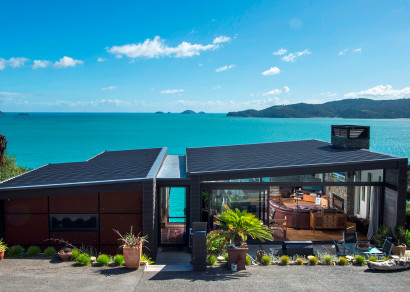



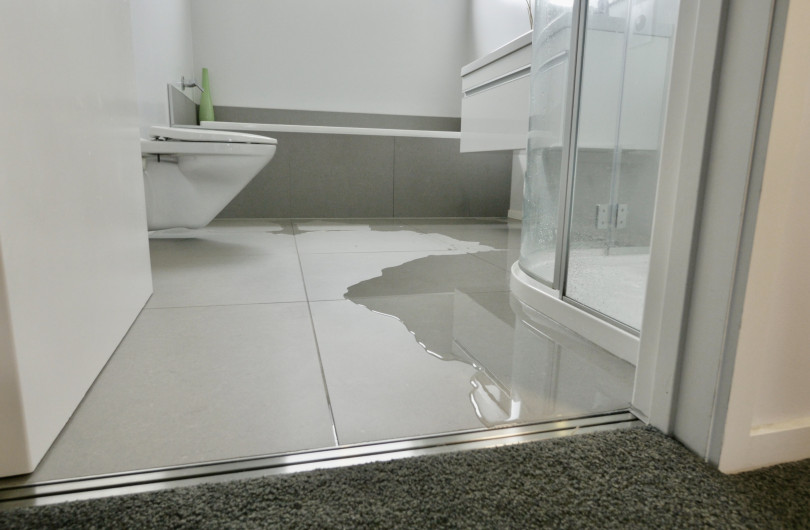
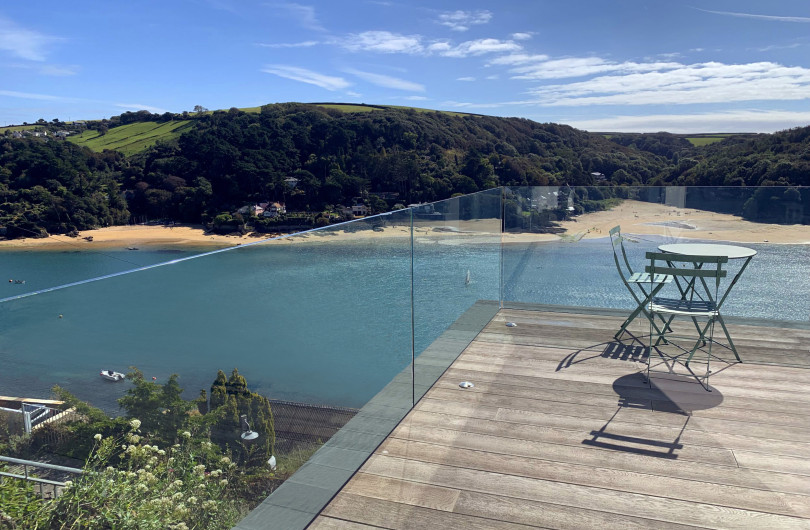
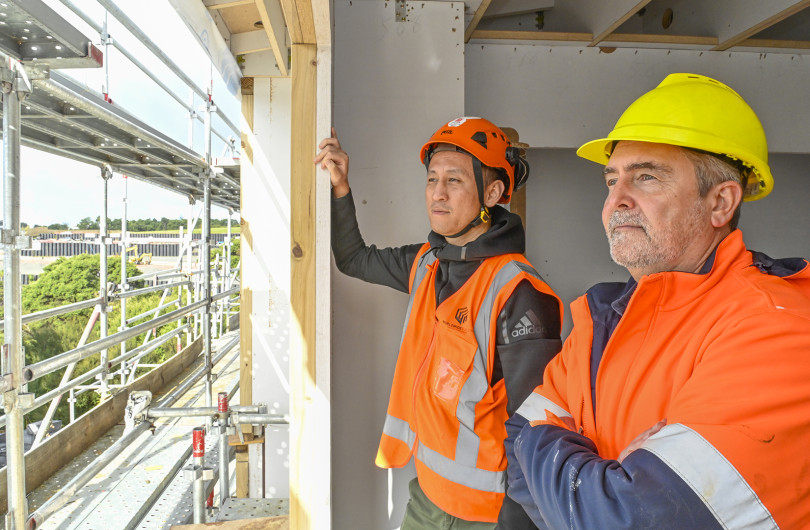
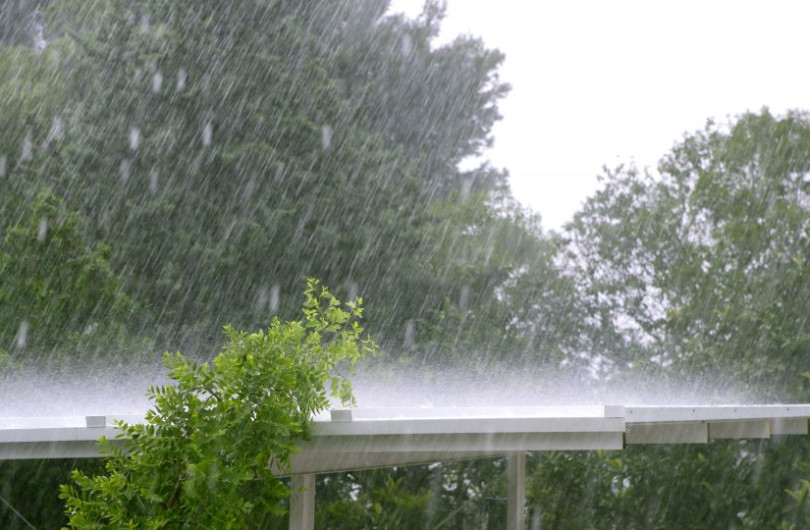

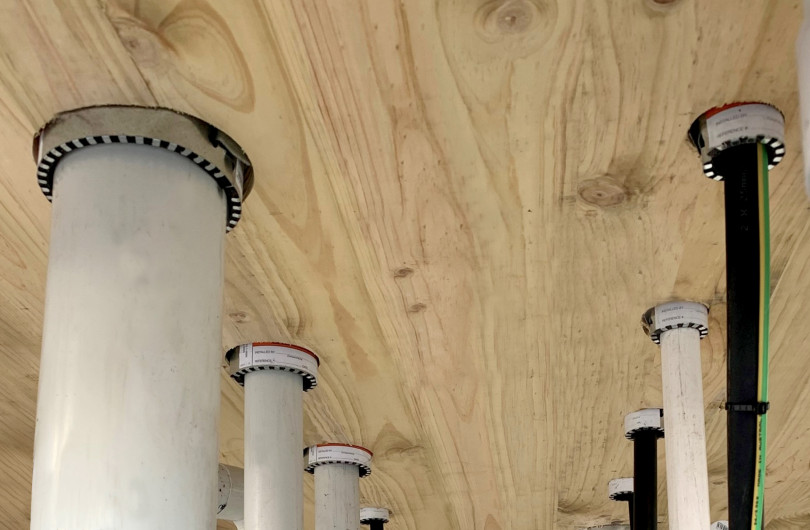

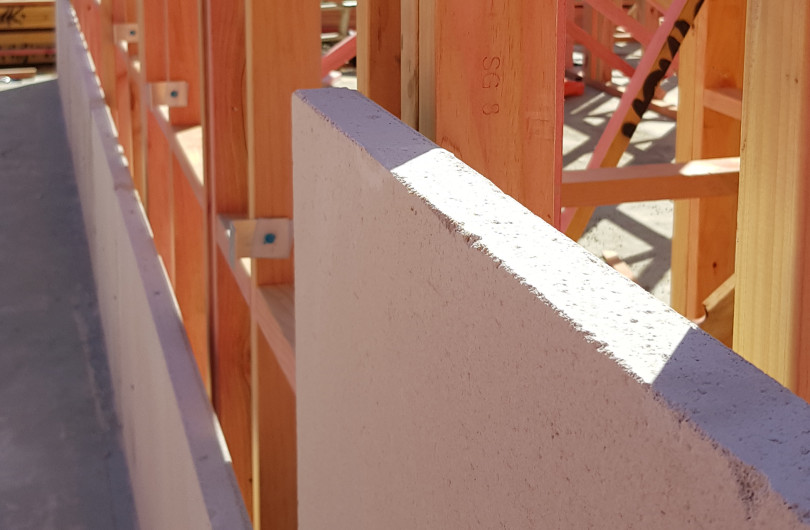




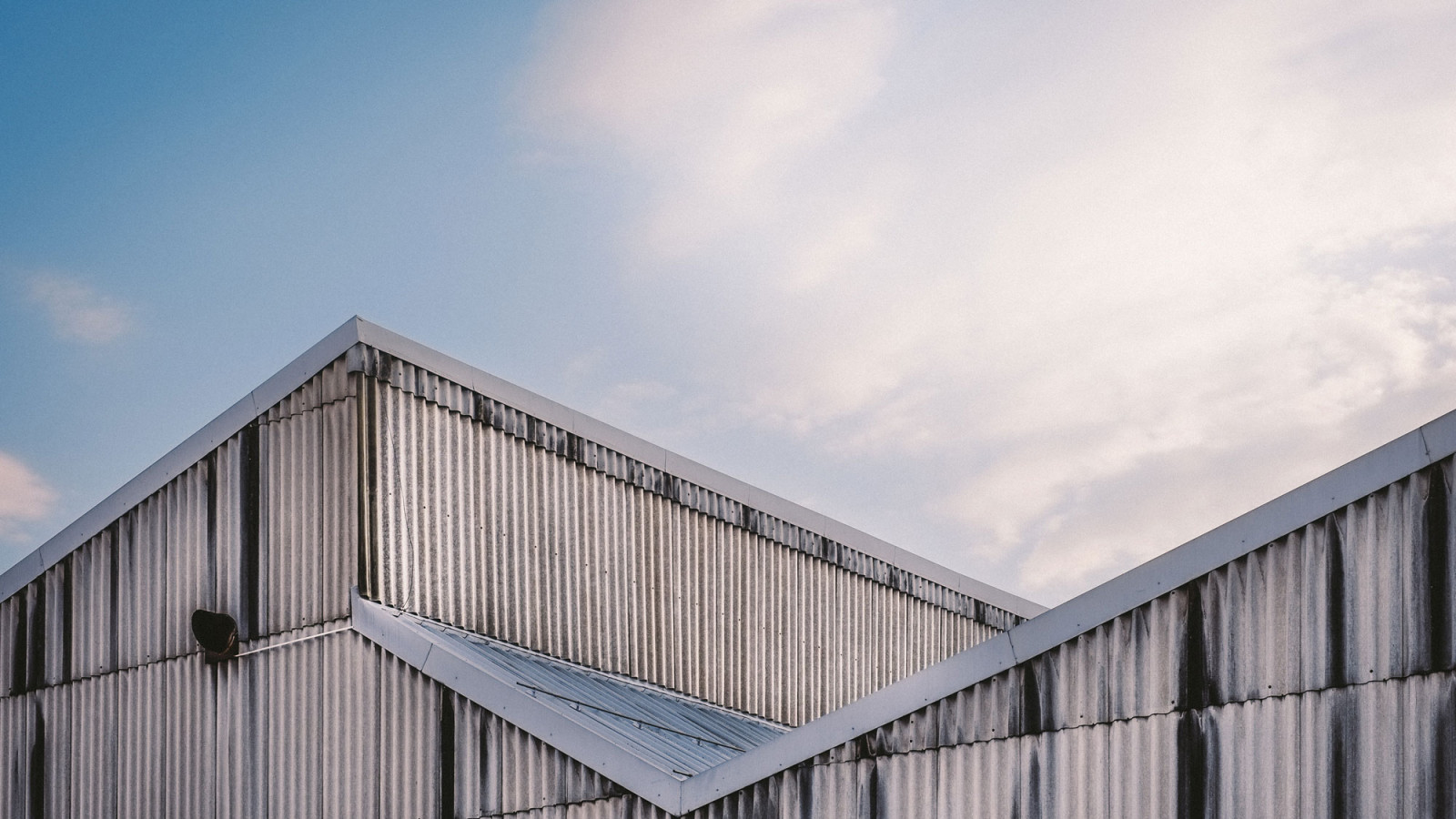



 Most Popular
Most Popular Popular Products
Popular Products


